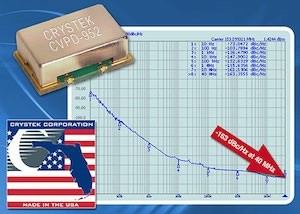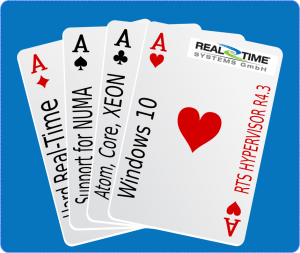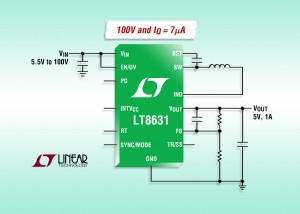 Globalfoundries (GloFo) has announced partnerships with Catena and QEOS.
Globalfoundries (GloFo) has announced partnerships with Catena and QEOS.
The QEOS partnership is intended to develop a millimeter-wave CMOS platform to support the higher data rates required in future mobile broadband access networks, while enabling customers to integrate mixers, low noise amplifiers, power amplifiers and inter-frequency amplifiers, all in a single package.
Using GloFo’s 40nm and 45nm processes, the platform will enable gigabit interactivity everywhere – from centimetres to hundreds of metres – at a cost of less than $500 per link, says the company.
The Catena partnership is to develop Wi-Fi and Bluetooth solutions for SoC designers targeting mobile, IoT and RF connectivity markets using GloFo’s 28nm super low power (SLP) combined with Catena’s RF IP to enable chip designers to integrate RF SoC functionality into their products.
The technology is enabled with key RF features, including core and I/O (1.5V/1.8V) transistor RF models along with 5V LDMOS devices, which simplifies RF SoC design, according to GloFo.
Catena’s Connectivity RF IP portfolio includes optimised, very low power Bluetooth Smart radio, Bluetooth Smart Ready radio, Wi-Fi (802.11a/b/g/n/ac 1×1, 2×2 and 4×4 MIMO) radios and combo Bluetooth/Wi-Fi radio.
The radio IPs are available/under development at GloFo’s 28nm-SLP technology, and may be ported to alternatives based on customer requirements. Solutions for GNSS/FM broadcast systems are also found in the offerings of Catena.



